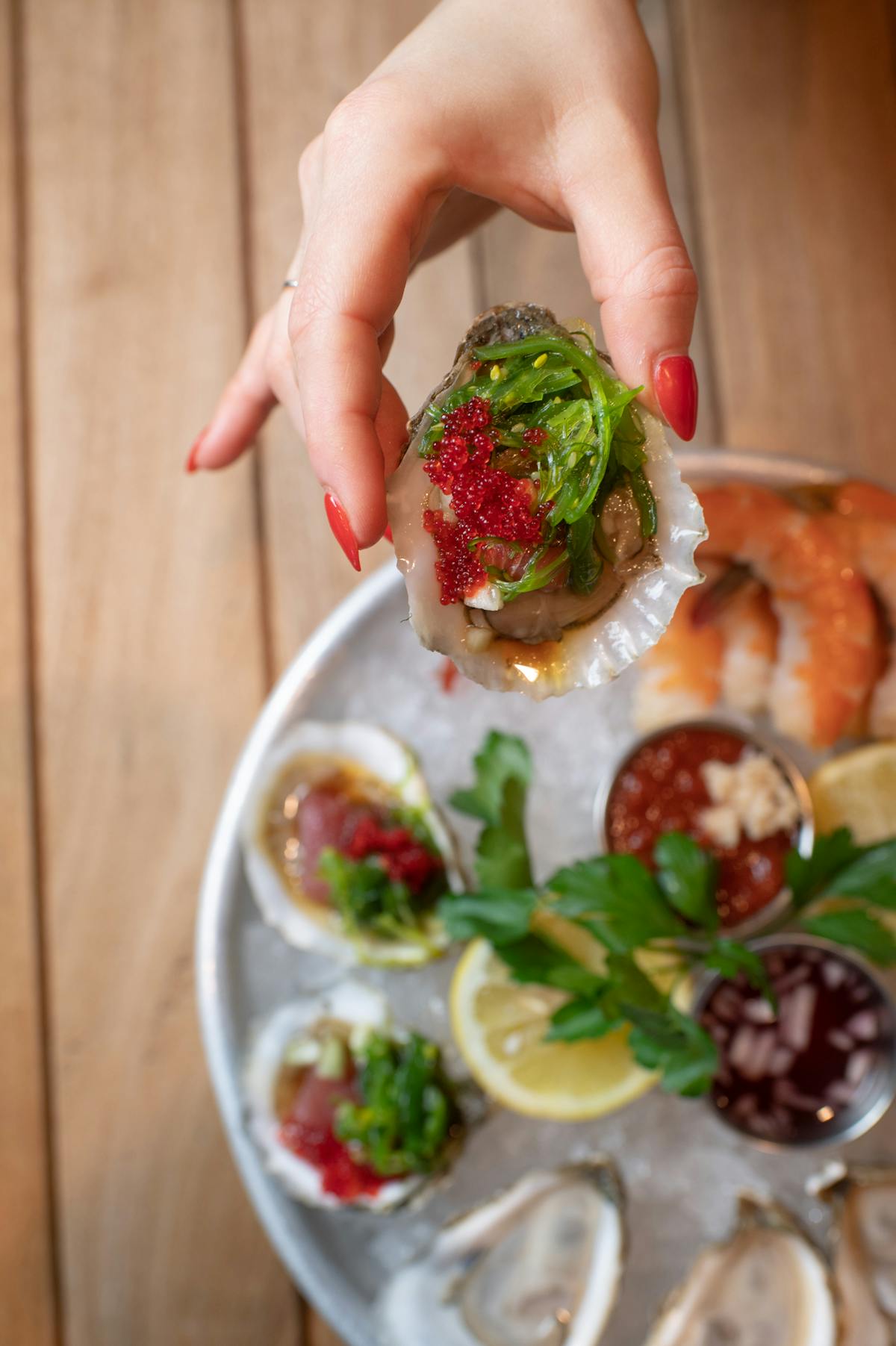When is the Best Time to Enjoy Oysters

You probably have heard the standard advice about eating oysters if you're an oyster lover. Most people have been told they should only eat oysters in the months with the letter “R” in the name, like September, October, December, January, and February. That means not in the summer months like May, June, July, or August. But is that really true?
Where The Original Advice Came From
The original advice that you should only eat oysters during eight months of the year in the fall and winter, came from a time when oysters were harvested wild. Wild oysters spawn in the summer, so the oyster season was closed during the spawning season and would open back up when the oysters were fully grown. And because it really wasn’t safe to eat a raw sea creature that had been sitting in the hot summer sun in wooden barrels all day after being harvested.
The other reason it was not recommended to eat oysters during the summer was due to the “red tide”. In the summer, a “red tide” can be caused by an overgrowth of algae that can be toxic to humans. Eating oysters that had absorbed the algae could cause paralytic shellfish poisoning.
Is That Old Advice Still Recommended?
These days it’s possible to eat oysters all year long safely. In fact, it’s encouraged by the many restaurants that serve oysters all year long. There are a few reasons why now people can eat oysters safely all year like:
Oyster Farms
These days, most oysters in the food chain come from cold-water farms that are carefully raised throughout the year. The cold water eliminates the threat of harmful bacteria and “red tide” related illnesses. The cold water also discourages natural spawning and ensures that there are oysters to eat all year long.
Oyster Breeds
Over the decades, oyster breeds have been bred into new types of oysters bred to be sterile. Because they don’t have a spawning season, eating throughout the year is acceptable.
More Monitoring
There is much more monitoring and oversight of oyster safety when the oysters are farmed. There is sophisticated monitoring of the water quality to ensure safety and to measure bacteria and pollution that could impact the quality and safety of the oysters. The oysters are tested for quality, and so is the water. Only oysters that pass these rigorous tests make it to the plate.
Better Food Safety
Now that people know so much more about food safety, they have implemented better protocols for safely handling oysters without exposing them to bacteria or pollutants. Oysters are refrigerated as they come out of the water and stay at cool temperatures until they are set in front of a diner, so there is no chance they will be toxic or cause illness. You can safely enjoy oysters all year long.
Enjoy Oysters at Summer Shack!
We’re here to answer your questions and help you find the best oysters in Boston. At Summer Shack, we serve only the freshest catches in the ocean! Each restaurant features an extraordinary Raw Bar offering fresh raw seafood, including our oysters sourced from various regions! Contact Summer Shack today and see which location is closest to you!
